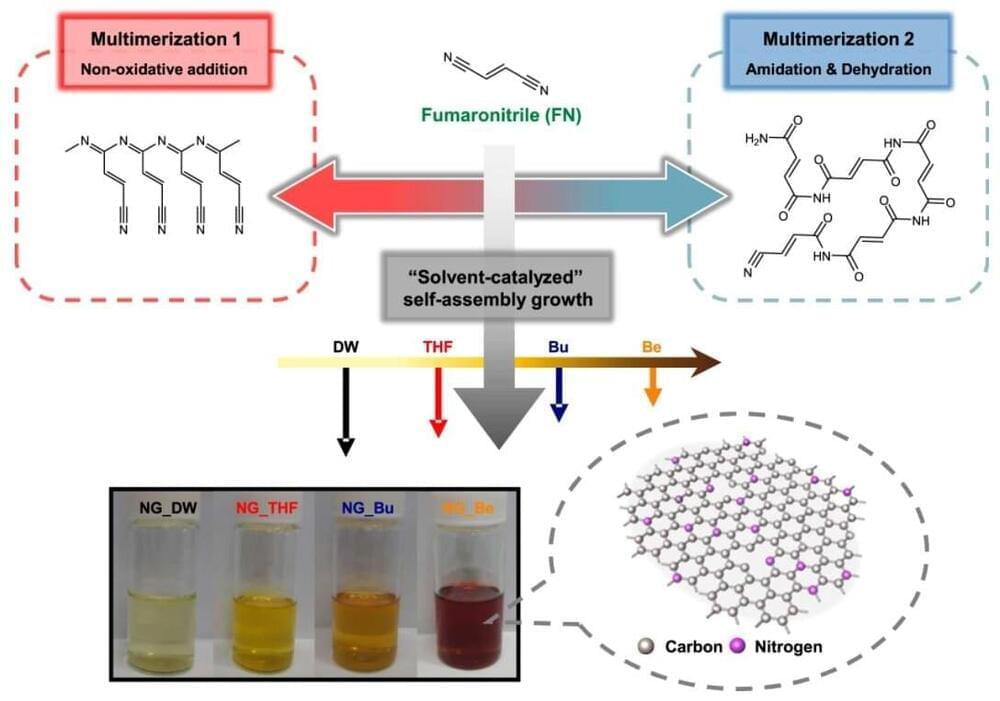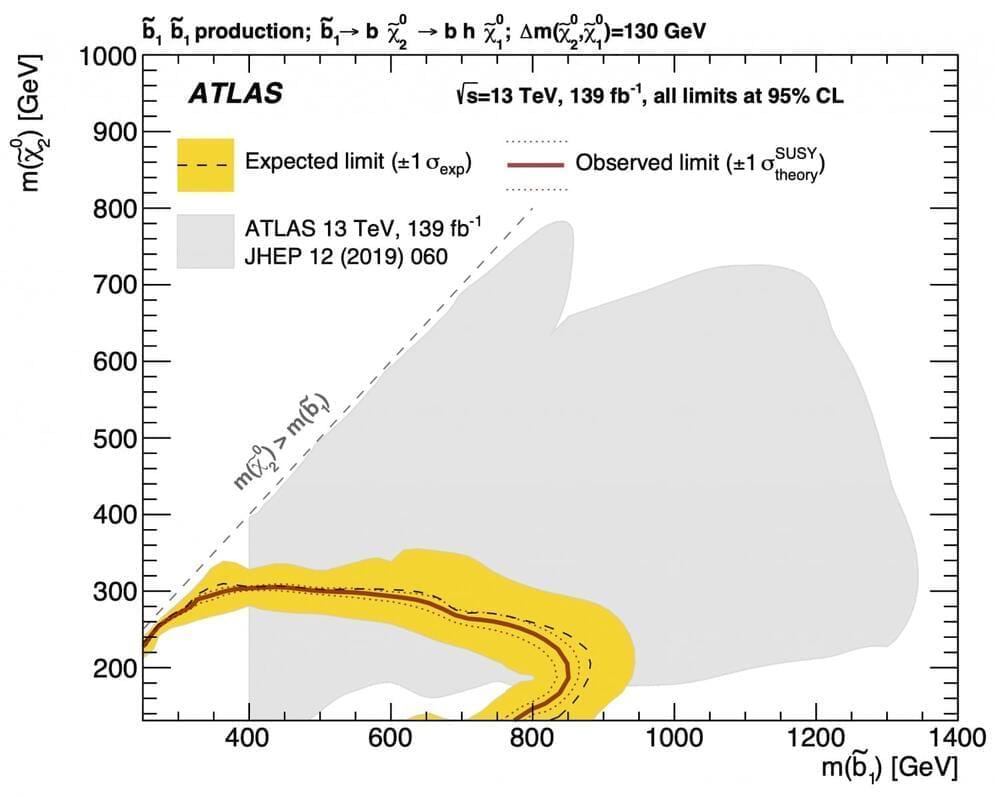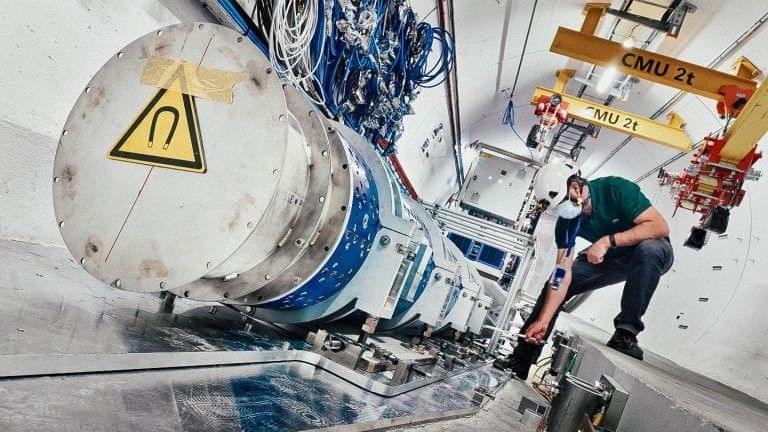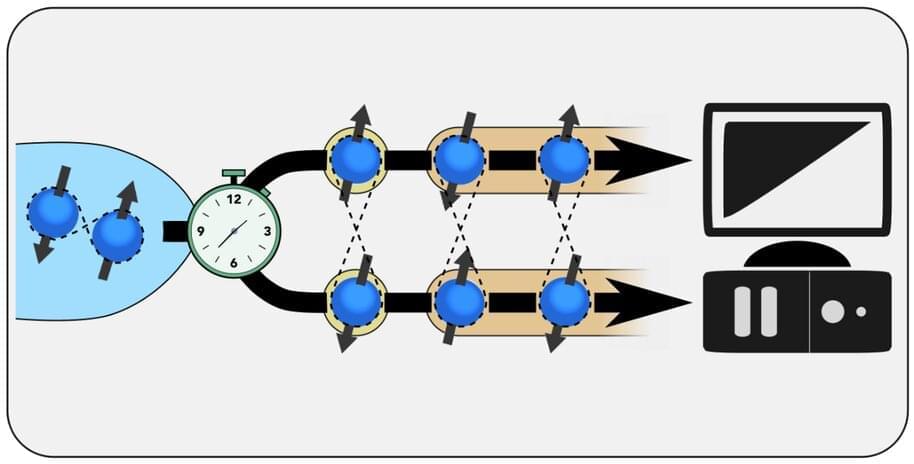Cornell University researchers have recorded the highest-resolution image of atoms ever.



Graphene consists of a planar structure, with carbon atoms connected in a hexagonal shape that resembles a beehive. When graphene is reduced to several nanometers (nm) in size, it becomes a graphene quantum dot that exhibits fluorescent and semiconductor properties. Graphene quantum dots can be used in various applications as a novel material, including display screens, solar cells, secondary batteries, bioimaging, lighting, photocatalysis, and sensors. Interest in graphene quantum dots is growing, because recent research has demonstrated that controlling the proportion of heteroatoms (such as nitrogen, sulfur, and phosphorous) within the carbon structures of certain materials enhances their optical, electrical, and catalytic properties.

Graphene consists of a planar structure, with carbon atoms connected in a hexagonal shape that resembles a beehive. When graphene is reduced to several nanometers (nm) in size, it becomes a graphene quantum dot that exhibits fluorescent and semiconductor properties. Graphene quantum dots can be used in various applications as a novel material, including display screens, solar cells, secondary batteries, bioimaging, lighting, photocatalysis, and sensors. Interest in graphene quantum dots is growing, because recent research has demonstrated that controlling the proportion of heteroatoms (such as nitrogen, sulfur, and phosphorous) within the carbon structures of certain materials enhances their optical, electrical, and catalytic properties.
The Korea Institute of Science and Technology (KIST, President Seok-Jin Yoon) reported that the research team led by Dr. Byung-Joon Moon and Dr. Sukang Bae of the Functional Composite Materials Research Center have developed a technique to precisely control the bonding structure of single heteroatoms in the graphene quantum dot, which is a zero-dimensional carbon nanomaterial, through simple chemical reaction control; and that they identified the relevant reaction mechanisms.
With the aim of controlling heteroatom incorporation within the graphene quantum dot, researchers have previously investigated using additives that introduce the heteroatom into the dot after the dot itself has already been synthesized. The dot then had to be purified further, so this method added several steps to the overall fabrication process. Another method that was studied involved the simultaneous use of multiple organic precursors (which are the main ingredients for dot synthesis), along with the additives that contain the heteroatom. However, these methods had significant disadvantages, including reduced crystallinity in the final product and lower overall reaction yield, since several additional purification steps had to be implemented. Furthermore, in order to obtain quantum dots with the chemical compositions desired by manufacturers, various reaction conditions, such as the proportion of additives, would have to be optimized.

When it comes to quarks, those of the third generation (the top and bottom) are certainly the most fascinating and intriguing. Metaphorically, we would classify their social life as quite secluded, as they do not mix much with their relatives of the first and second generation. However, as the proper aristocrats of the particle physics world, they enjoy privileged and intense interactions with the Higgs field; it is the intensity of this interaction that eventually determines things like the quantum stability of our Universe. Their social life may also have a dark side, as they could be involved in interactions with dark matter.
This special status of third-generation quarks makes them key players in the search for phenomena not foreseen by the Standard Model. A new result released by the ATLAS Collaboration focuses on models of new phenomena that predict an enhanced yield of collision events with bottom quarks and invisible particles. A second new ATLAS search considers the possible presence of added tau leptons. Together, these results set strong constraints on the production of partners of the b-quarks and of possible dark-matter particles.

Company doing some impressive work on robotic Arms and Hands, definitely worth a look for robotics people.
The Atom Touch artificial arm is capable of full human range of motion, restores a basic sense of touch, and is non-invasively mind-controlled. Coming 2023.


This, combined with the esoteric rules of quantum mechanics, means that the spins are constantly in different positions at once. If you look at just a few particles, it’s hard to tell whether you have a quantum liquid or, if you do, what properties it has.
Quantum spin liquids were first theorized in 1973 by a physicist named Philip W. Anderson, and physicists have been trying to get their hands on this matter ever since. “Many different experiments…tried to create and observe this type of state. But this has actually turned out to be very challenging,” says Mikhail Lukin, a physicist at Harvard University and one of the paper authors.
The researchers at Harvard had a new tool in their arsenal: what they call a “programmable quantum simulator.” Essentially, it’s a machine that allows them to play with individual atoms. Using specifically focused laser beams, researchers can shuffle atoms around a two-dimensional grid like magnets on a whiteboard.

Let me back up a moment. I recently concurred with megapundit Steven Pinker that over the last two centuries we have achieved material, moral and intellectual progress, which should give us hope that we can achieve still more. I expected, and have gotten, pushback. Pessimists argue that our progress will prove to be ephemeral; that we will inevitably succumb to our own nastiness and stupidity and destroy ourselves.
Maybe, maybe not. Just for the sake of argument, let’s say that within the next century or two we solve our biggest problems, including tyranny, injustice, poverty, pandemics, climate change and war. Let’s say we create a world in which we can do pretty much anything we choose. Many will pursue pleasure, finding ever more exciting ways to enjoy themselves. Others may seek spiritual enlightenment or devote themselves to artistic expression.
No matter what our descendants choose to do, some will surely keep investigating the universe and everything in it, including us. How long can the quest for knowledge continue? Not long, I argued 25 years ago this month in The End of Science, which contends that particle physics, cosmology, neuroscience and other fields are bumping into fundamental limits. I still think I’m right, but I could be wrong. Below I describe the views of three physicists—Freeman Dyson, Roger Penrose and David Deutsch—who hold that knowledge seeking can continue for a long, long time, and possibly forever, even in the face of the heat death of the universe.

Quantum computer and many other quantum technologies rely on the generation of quantum-entangled pairs of electrons. However, the systems developed so far typically produce a noisy and random flow of entangled electrons, which hinders synchronized operations on the entangled particles. Now, researchers from Aalto University in Finland propose a way to produce a regular flow of spin-entangled electrons.
Their solution is based on a dynamically driven Cooper pair splitter. In a Cooper pair splitter, two quantum dots near a superconductor are used to generate and separate a pair of entangled electrons known as a Cooper pair. When the Cooper pair splitter is driven with a static voltage, the result is a random and noisy process.
A theoretical analysis by the Aalto team showed that driving the system dynamically with external gate voltages makes it possible to control the timing of the splitting process. As a result, exactly one pair of entangled electrons can be extracted during each splitting cycle, leading to a completely noiseless and regular flow of spin-entangled electrons.

Because leviathan black holes would never fit in a lab, Jeff Steinhauer and his research team created a mini one right here on Earth.
When something rips physics apart, you cross over into the quantum realm, a place inhabited by black holes, wormholes and other things that have been the stars of multiple sci-fi movies. What lives in the quantum realm either hasn’t been proven to exist (yet) or behaves strangely if it does exist.
Black holes often venture into that realm. With these collapsed stars — at least most of them are — being impossible to fly a spacecraft into (unless you never want to see it again), one physicist decided that the best way to get up close to them was under a literal microscope. Jeff Steinhauer wanted to know whether black holes radiate particles like the late Stephen Hawking theorized they would. Because one of these leviathans would never fit in a lab, he and his research team created one right here on Earth.
“We have to understand how we see the Hawking radiation sound waves falling in and coming out,” Steinhauer, who co-authored a study recently published in Nature Physics, told SYFY WIRE. “They should be very slight. Seeing this radiation from a real black hole is too weak and would be totally overpowered by other sources of radiation, which is why we want to see it in an analog system.”